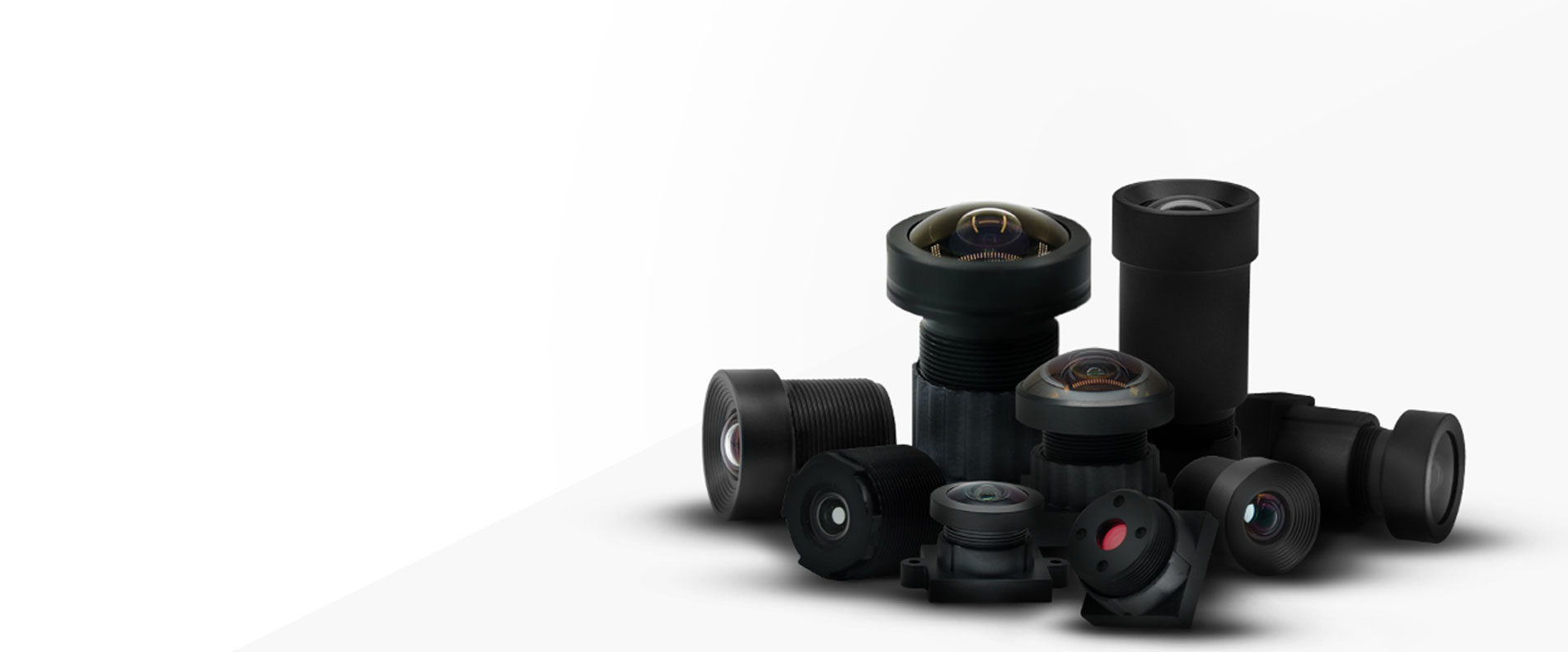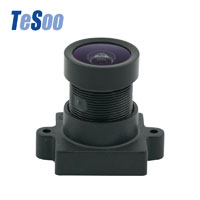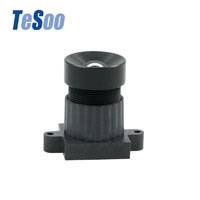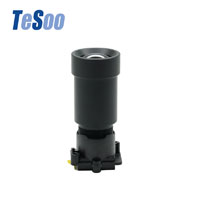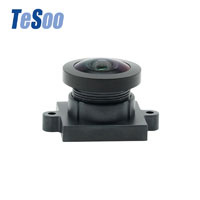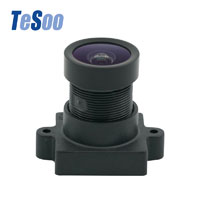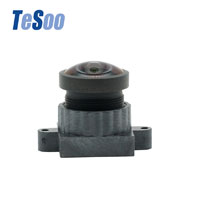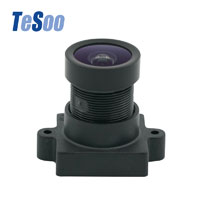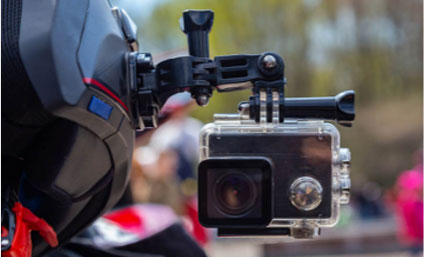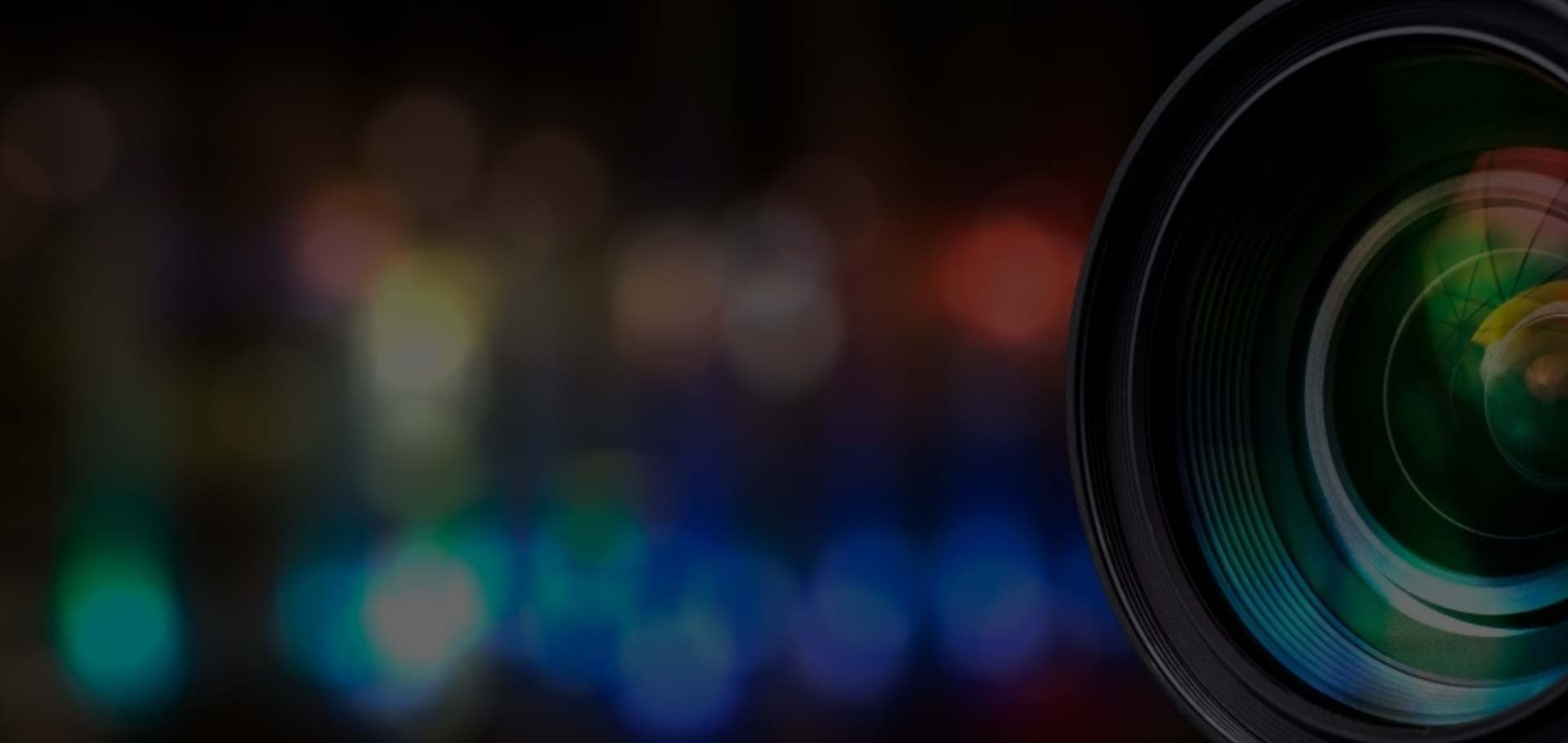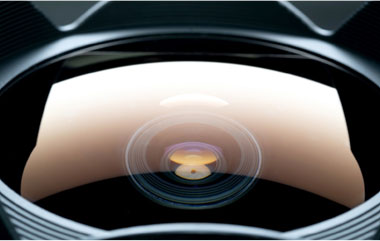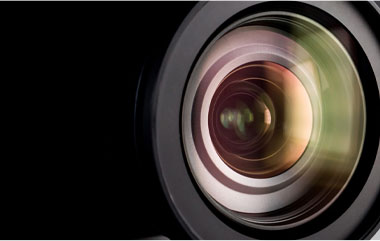M12 lens also called CS-mount. The distance between the image sensor and the lens is 12.5mm. A 5 mm washer can be used to convert a C-mount lens to a CS-mount lens. C-mount is the original standard, and CS-mount is an upgrade to it, which can reduce manufacturing costs and reduce sensor size. Most cameras and lenses sold on the market now use the CS-mount standard.
Lens interface type m12s refers to the use of a trigger lens with a pitch of M12X0.5mm on a camera with C or CS-mount. The size of the thread at the center: M12X0.5. The M12 camera lens function is to increase the C port so that you can connect the M12 interface camera to the driving recorder, or install it on the C interface adapter of the microscope or telescope.
TeSoo is equipped with carefully selected lenses to provide the best possible performance and durability. A selection of various optional lenses, with different focal lengths and apertures can help meet special monitoring requirements. TeSoo offers a series of tested and certified optional lenses, suitable for device with M12 interface.
Types Of M12 Lens
Is S mount same as M12 lens?

S mount is a type of lens mount used primarily in industrial cameras and machine vision systems. It has a 17.5mm flange focal distance and typically uses a C-mount thread to attach the lens to the camera body. S mount lenses are known for their high optical quality and versatility and are commonly used in applications such as robotics, automation, and quality control.
On the other hand, M12 lenses are a type of miniature lens commonly used in small cameras such as webcams, security cameras, and mobile devices. M12 lenses have a smaller flange focal distance of 6mm and use an M12x0.5 thread to attach the lens to the camera body. They are known for their small size and low cost, and are widely used in applications where space is limited.
Although S mount and M12 lenses are not the same, they can sometimes be confused due to their similar size and appearance. It's important to ensure that the correct lens mount is used for your camera or application to ensure proper functionality and compatibility.
What Is M12 Lens?
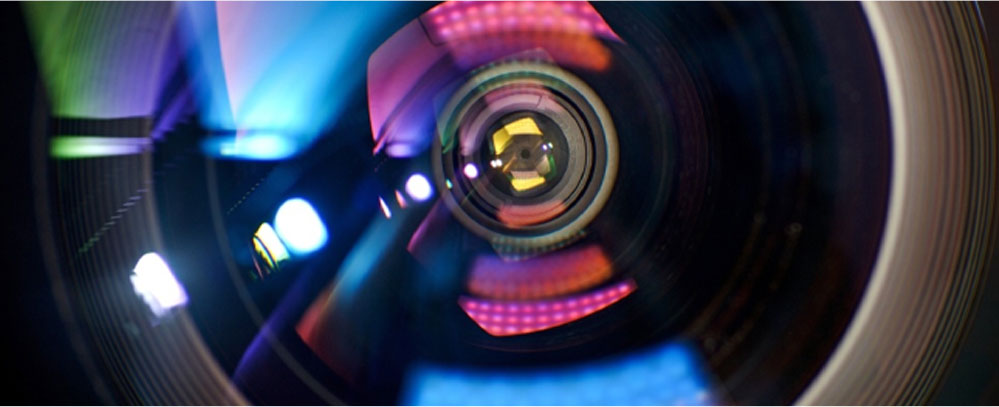
The standard mount of the M12/S mount lens has an M12X0.5 thread, which is usually called "M12 lens". Because it can be directly screwed into the M12 lens mount of the camera's PCB (printed circuit board), we also call it "trigger lens". Also called "miniature lens", that is, tiny lens size. S-mount lenses include low-distortion lenses, fisheye lenses, wide-angle lenses, large-through light low-light lenses, pinhole lenses, automotive lenses and other applications. M12 interface, this interface corresponds to the number 12, which means that the interface diameter is 12mm. Because the diameter of M12 is relatively small, this interface is generally used on small industrial cameras. For example, cameras on drones generally use this Lens.

How to focus a M12 lens?
Focusing a M12 lens is a simple process and can be done using the following steps:
Mount the lens: First, you need to mount the M12 lens onto the camera sensor. Most M12 lenses have a threaded M12x0.5 mount, which screws directly into the camera sensor.
Power on the camera: Next, turn on the camera and check the image to ensure that it is properly centered and framed.
Adjust the focus: Use the focus ring on the lens to adjust the focus. Some M12 lenses have a fixed focus, while others have an adjustable focus ring that you can rotate to adjust the focus. For adjustable focus lenses, turn the focus ring clockwise or counterclockwise until the image is sharp and in focus. You can also check the focus by zooming in on the image and looking for sharpness.
Lock the focus: Once you have achieved the desired focus, lock the focus in place if your lens has a focus lock feature. This will prevent the focus from shifting accidentally.
It's important to note that M12 lenses have a smaller image circle compared to larger lenses, and therefore may have a limited depth of field. This means that only objects at a certain distance from the lens will be in sharp focus, while objects closer or farther away may appear blurry. Adjusting the aperture can also help to increase the depth of field and achieve a sharper image.

 English
English 